Sustainability
I am always looking for materials with the longest durabily and the least impact on the environment. Quite often this is a complicated puzzle, because there is not one perfect material that has it all. So I work with different materials for different products and different people. Maybe you want a bag that will last years and years? Or maybe you want an animal-friendly alternative? Maybe you want a more circulair product? Whatever you want, here you will read all about the materials I use, and their characteristics.

Vegetable tanned leather
I purchase my leather from Puccini, a tannery in Tuscany, who are experts in vegetable tanning. The tanning process is an artisan tradition that has been in the family, for generations. The tanneries waste water is purified, so the water can easily be re-used. Puccini ensures compliance with current regulations in the field of health, safety at workplace, contracts and wage without discrimination of gender, ethnicity or religious belief. Which makes them work in full respect of man and the environment.
The skins are dyed with powder-extracts obtained from bark, leaves and fruits of the chestnut, quebracho and mimosa plants. This transparent dye penetrates all layers of the skin and leaves the leather with a natural finish that allows the natural grain to shine through.
The colours of tannins give the leather a warm and brilliant shade that becomes more intense over time and with daily use. Differences in tone and possible marks on leather show the genuine and natural character of this material.
Vegetable-tanned leather does not contain any toxic substance harmful to man and is highly tolerable for those who suffer from metal related allergies.
4 characteristics of vegetable tanned leather are:
- Extremely durable
- Biodegradeable
- Water resistant,
- Warm natural colours
- Plastic free

Recycled Leather - Reincarnation of a Couch
When I used to work at a re-upholsterer, I saw piles of leather disapear in the trash. Leather that came from old sofa's and chairs, but still looked like new. I saw a hidden treasure in this “waste”, so I started collecting the leather. The leather that normally would have been thrown away, is cleaned, and cut into new pieces for a new life as eco-friendly, stylish and functional bags and accessories.
5 characteristics of recycled leather are:
- Colourful!
- Every item is unique,
- Water resistant,
- Made of waste
- Durable

Piñatex - Pineapple leaves
Piñatex is a PETA approved vegan alternative for leather, made of fibre from the leaves of the pineapple plant. These waste leaves are a by-product from existing pineapple harvest. After the harvest, the plant leaves are collected and the long fibres are extracted.
The fibres are then washed, and dried naturally by the sun, or during the rainy season in drying ovens. The dry fibres go through a purification process to remove any impurities which results in a fluffy material.
This fluffy pineapple leaf fibre gets mixed with a corn based polylactic acid (PLA) and undergoes a mechanical process to create a felt like material. This is the basis which is then coloured using GOTS certified pigments and a resin top coating is applied to make it durable and water resistant.
The fibres are then washed, and dried naturally by the sun, or during the rainy season in drying ovens. The dry fibres go through a purification process to remove any impurities which results in a fluffy material.
This fluffy pineapple leaf fibre gets mixed with a corn based polylactic acid (PLA) and undergoes a mechanical process to create a felt like material. This is the basis which is then coloured using GOTS certified pigments and a resin top coating is applied to make it durable and water resistant.
4 characteristics of Pinatex are:
- Vegan
- Water resistant,
- Made of waste
- Innovative

Re-used banners
These colourful banners you see everywhere in the streets are made of vinyl, and mostly used for a short period of time, for example only during festival season. However, these banners are still so useful for so many things, that I couldn’t just leave them hanging.
5 characteristics about this material are:
- Colourful!
- Every item is unique,
- Water resistant,
- Recycled,
- Vegan.

